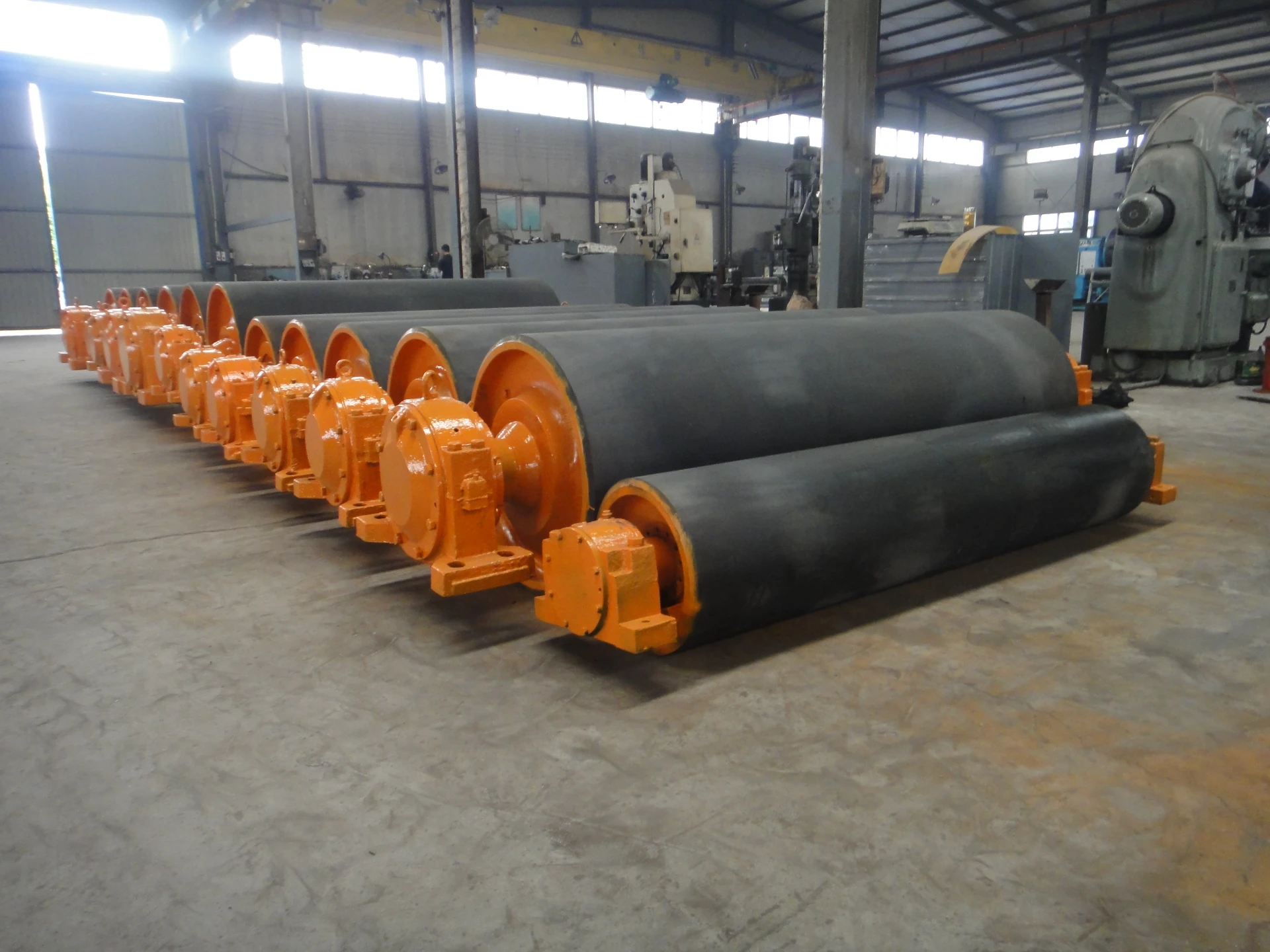 Afrikaans
Afrikaans  Albanian
Albanian  Amharic
Amharic  Arabic
Arabic  Armenian
Armenian  Azerbaijani
Azerbaijani  Basque
Basque  Belarusian
Belarusian  Bengali
Bengali  Bosnian
Bosnian  Bulgarian
Bulgarian  Catalan
Catalan  Cebuano
Cebuano  Corsican
Corsican  Croatian
Croatian  Czech
Czech  Danish
Danish  Dutch
Dutch  English
English  Esperanto
Esperanto  Estonian
Estonian  Finnish
Finnish  French
French  Frisian
Frisian  Galician
Galician  Georgian
Georgian  German
German  Greek
Greek  Gujarati
Gujarati  Haitian Creole
Haitian Creole  hausa
hausa  hawaiian
hawaiian  Hebrew
Hebrew  Hindi
Hindi  Miao
Miao  Hungarian
Hungarian  Icelandic
Icelandic  igbo
igbo  Indonesian
Indonesian  irish
irish  Italian
Italian  Japanese
Japanese  Javanese
Javanese  Kannada
Kannada  kazakh
kazakh  Khmer
Khmer  Rwandese
Rwandese  Korean
Korean  Kurdish
Kurdish  Kyrgyz
Kyrgyz  Lao
Lao  Latin
Latin  Latvian
Latvian  Lithuanian
Lithuanian  Luxembourgish
Luxembourgish  Macedonian
Macedonian  Malgashi
Malgashi  Malay
Malay  Malayalam
Malayalam  Maltese
Maltese  Maori
Maori  Marathi
Marathi  Mongolian
Mongolian  Myanmar
Myanmar  Nepali
Nepali  Norwegian
Norwegian  Norwegian
Norwegian  Occitan
Occitan  Pashto
Pashto  Persian
Persian  Polish
Polish  Portuguese
Portuguese  Punjabi
Punjabi  Romanian
Romanian  Russian
Russian  Samoan
Samoan  Scottish Gaelic
Scottish Gaelic  Serbian
Serbian  Sesotho
Sesotho  Shona
Shona  Sindhi
Sindhi  Sinhala
Sinhala  Slovak
Slovak  Slovenian
Slovenian  Somali
Somali  Spanish
Spanish  Sundanese
Sundanese  Swahili
Swahili  Swedish
Swedish  Tagalog
Tagalog  Tajik
Tajik  Tamil
Tamil  Tatar
Tatar  Telugu
Telugu  Thai
Thai  Turkish
Turkish  Turkmen
Turkmen  Ukrainian
Ukrainian  Urdu
Urdu  Uighur
Uighur  Uzbek
Uzbek  Vietnamese
Vietnamese  Welsh
Welsh  Bantu
Bantu  Yiddish
Yiddish  Yoruba
Yoruba  Zulu
Zulu rubber lagging pulley
Understanding Rubber Lagging for Pulleys
Rubber lagging is an essential component in various industrial applications, especially in conveyor systems where pulleys play a crucial role in the movement of materials. The primary function of rubber lagging is to enhance the friction between the pulley and the belt, thereby improving the overall efficiency and performance of the conveyor system. This article explores the importance of rubber lagging for pulleys, its advantages, and considerations for its application.
Understanding Rubber Lagging for Pulleys
One of the significant advantages of rubber lagging is its ability to enhance traction. The textured surface of the rubber provides better grip, especially in challenging conditions such as wet or muddy environments. Improved traction not only increases the efficiency of the conveyor system but also reduces the energy consumption, as the motor does not have to work as hard to maintain belt movement.
rubber lagging pulley

In addition to improved traction, rubber lagging offers protection to pulleys. During operation, pulleys are subject to a range of stresses and impacts. The rubber layer acts as a cushion, absorbing shocks and reducing wear on the metal surface of the pulley. This protective feature extends the lifespan of both the pulleys and the conveyor belts, resulting in lower maintenance costs and reduced downtime.
Another notable benefit of rubber lagging is its versatility. It comes in various thicknesses, textures, and compounds, allowing customization based on the specific requirements of different applications. For instance, industries dealing with heavy loads may require thicker rubber lagging, while those operating in high-temperature environments might opt for specialized compounds that can withstand extreme conditions.
However, while rubber lagging offers many advantages, several considerations must be taken into account when implementing it. The initial cost of rubber lagging can be higher than that of simple metal pulleys. Moreover, proper installation is crucial to maximize the benefits; improper installation can lead to uneven wear or even damage to the belt and pulleys.
In conclusion, rubber lagging for pulleys plays a vital role in enhancing the performance of conveyor systems. It improves traction, protects the pulley surfaces, and extends the lifespan of components, making it a worthwhile investment for industries relying on efficient material handling. As technology continues to advance, the development of high-performance rubber lagging materials will further improve the efficiency and reliability of conveyors, thus driving productivity across various sectors. Businesses looking to optimize their conveyor systems should consider the benefits of rubber lagging as part of their overall maintenance and operational strategy.
-
Revolutionizing Conveyor Reliability with Advanced Rubber Lagging PulleysNewsJul.22,2025
-
Powering Precision and Durability with Expert Manufacturers of Conveyor ComponentsNewsJul.22,2025
-
Optimizing Conveyor Systems with Advanced Conveyor AccessoriesNewsJul.22,2025
-
Maximize Conveyor Efficiency with Quality Conveyor Idler PulleysNewsJul.22,2025
-
Future-Proof Your Conveyor System with High-Performance Polyurethane RollerNewsJul.22,2025
-
Driving Efficiency Forward with Quality Idlers and RollersNewsJul.22,2025





























